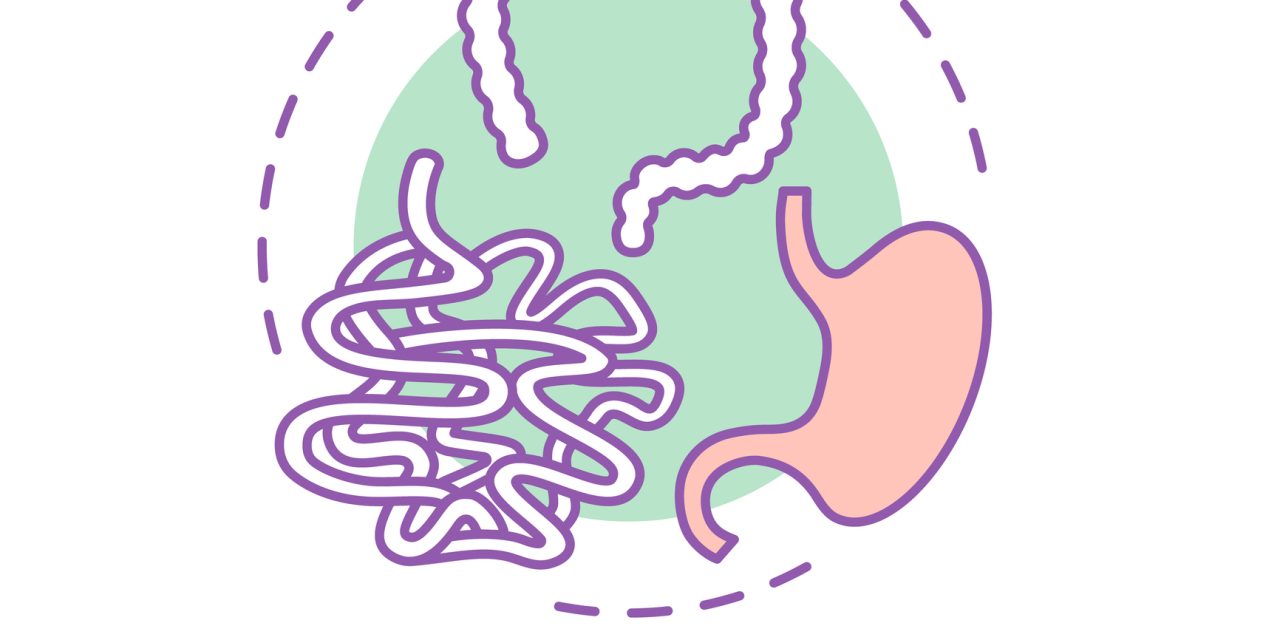Porcine epidemic diarrhea virus (PEDV), which re-emerged in China since 2010, has swept across the whole country leading to tremendous economic losses. In this study, a total of 645 diarrhea samples collected from 156 pig farms in Sichuan and Guizhou province during 2014-2018 were tested for PEDV. We found that samples from 47.66% (84/156) of the farms were positive for PEDV with an overall detection rate of 35.81% (231/645). Fifty-two strains were selected for full-length S gene analyses, and these strains were classified into three subgroups, an S-INDEL subgroup (G1c), and two non-S-INDEL subgroups (G2b, AJ1102-like and G2c), accounting for 15.38% (8/52), 23.08% (12/52), and 59.62% (31/52) of the total analyzed strains, respectively. We found these three subgroups of PEDV coexisted in Sichuan province, and the S-INDEL strain was detected in Guizhou. Further antigenic variation analysis of the neutralizing epitopes (S10, COE, SS2, SS6, and 2C10) on the spike protein revealed that the S-INDEL and non-S-INDEL strains shared similar variation features in COE and SS6, but exhibited distinct variation patterns in the S10 domain. Unique variation patterns on N-glycosylation sites in the S protein were also observed for the S-INDEL and non-S-INDEL strains. Moreover, nine strains (three from each subgroup) were subjected to full-genome characterization. Complete-genome phylogeny showed an inconsistent tree topology for genotyping, with two G2c strains grouped into the GII-b (AH2012-like) genogroup and the remaining seven strains including three S-INDEL strains grouped into the GII-c genogroup. Further recombination analyses indicated that six of the GII-c strains probably originated from intra-genogroup recombinations. Notably, three newly emerged S-INDEL strains with novel recombination patterns were first identified. Together, our data revealed a new status of PEDV in southwest China, which can increase understanding of the prevalence, genetic characteristics and evolutionary profiles of circulating PEDV strains in China.This article is protected by copyright. All rights reserved.
Molecular characterization of porcine epidemic diarrhea virus associated with outbreaks in southwest China during 2014-2018.


